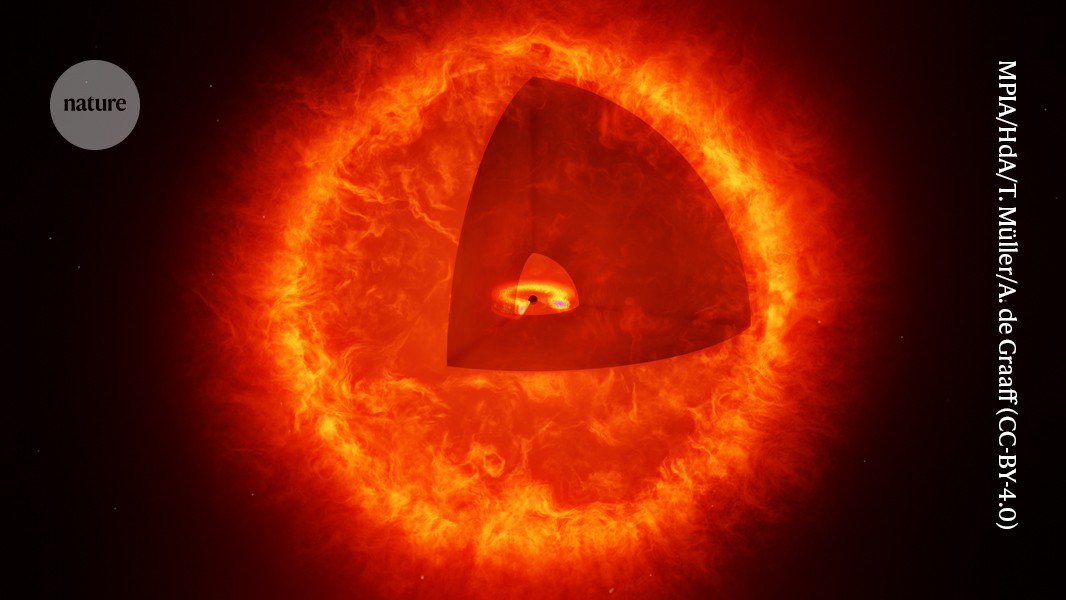A radar station on Hainan Island in China has recently made an extraordinary discovery—plasma bubbles in Earth’s ionosphere, located over the Pyramids of Giza, Egypt. This remarkable event marks a breakthrough in global space weather monitoring and reveals the increasing potential for long-range ionospheric tracking. In an age where satellite communications and navigation systems are vital to everyday life, such findings provide insight into how scientists can better protect these systems from disruptions caused by space weather phenomena. This development, documented in a recent study published in Geophysical Research Letters, has far-reaching implications for the future of both civilian and military space operations.
While scientists have been tracking ionospheric disturbances for some time, the ability to detect them from nearly 5,000 miles away marks a significant leap in technology. The radar, developed by the Chinese Academy of Sciences, successfully detected these plasma bubbles during a geomagnetic storm in November 2024. This not only demonstrates the radar’s impressive detection range but also showcases the radar’s evolving capability to monitor space weather in real time. This breakthrough was made possible by improvements in the radar’s software and ionospheric modeling, which have extended its detection range more than three times since the radar’s initial test operations earlier in 2024.
What Are Plasma Bubbles and Why Do They Matter?
Plasma bubbles are vast, electron-depleted cavities that form in the ionosphere after sunset. These bubbles follow Earth’s magnetic field lines and can stretch hundreds of miles across. Though invisible to the naked eye, these bubbles cause significant disruptions in the Earth’s communication and navigation systems. As they expand, their irregular walls scatter radio signals, leading to phenomena like GPS interference, disruptions to satellite television broadcasts, and even errors in stock-market time stamps. “The walls of these equatorial plasma bubbles are where the communication and navigation signals are corrupted,” noted a NASA factsheet for the CINDI satellite mission.
These plasma bubbles are not only disruptive but also unpredictable, posing a unique challenge for forecasting space weather. Their sudden appearance and expansion can affect regions where ground-based sensors are scarce, especially over vast tropical oceans. It is in these areas that the new radar system, designed by the Chinese Academy of Sciences, becomes invaluable. By offering real-time monitoring of the ionosphere from vast distances, it allows scientists to track these bubbles as they form and spread, significantly improving our ability to predict and mitigate their effects on communication systems.


The Role of LARID Radar in Detecting Plasma Bubbles
The radar system, known as the Low Latitude Long Range Ionospheric Radar (LARID), was designed to track and map ionospheric disturbances like plasma bubbles. Unlike traditional radar systems, which only monitor local areas, LARID uses phased-array technology to transmit high-frequency pulses that bounce off the ionosphere. These signals travel far beyond the radar’s immediate vicinity, allowing for the detection of disturbances nearly 6,000 miles away.
In the case of the bubble observed over Egypt, the radar system’s ability to detect such a disturbance was the result of improvements made to its software and ionospheric modeling. The radar team was able to capture echoes from the bubble after the geomagnetic storm caused by the interplanetary magnetic field’s flip southward. This event, which occurred in the late afternoon, caused a significant disturbance in the ionosphere, leading to the formation of plasma bubbles. The radar system, designed with 40 antennas that can rapidly change direction, tracked the bubble as it formed and expanded. By doing so, it confirmed that the disturbance was real, corroborated by GPS receivers in Africa that registered changes in the total electron content rate.
How Space Weather Affects Our World
The detection of plasma bubbles has important implications not just for scientists but also for industries that rely on satellite-based technologies. GPS systems, used by everything from airlines to financial institutions, can be rendered unreliable when these bubbles form. Since these plasma bubbles are often unpredictable, having an early warning system becomes critical to maintaining the functionality of global communication networks.
The effects of plasma bubbles extend beyond just communications. Stock-market time-stamping systems, for example, are highly sensitive to GPS signals. Any disruption to these signals could potentially lead to financial discrepancies, while airline navigation systems could face serious disruptions, endangering the safety of air travel. Understanding and tracking these disturbances is thus vital for protecting the modern systems we rely on daily.
A Step Toward Global Space Weather Monitoring
This groundbreaking discovery provides a glimpse into the future of global space weather monitoring. The ability to detect and track plasma bubbles from such vast distances opens up new possibilities for monitoring the ionosphere in real time. Researchers have argued that placing several radar stations strategically across the globe could create a low-latitude network capable of covering the entire equatorial belt, allowing scientists to track space weather disturbances as they occur.
“The results provide meaningful insight for building a low latitude over‑the‑horizon radar network in future,” Hu and colleagues wrote, arguing that three or four such stations could survey the whole equatorial belt in real time. By positioning radar stations in key locations such as Brazil, Indonesia, and West Africa, scientists could fill in the gaps where ground-based sensors are not available, allowing for comprehensive space weather monitoring across vast oceans. These radar stations could not only predict plasma bubble activity but also provide early warnings of disruptions to global communication and navigation systems.
Source link


